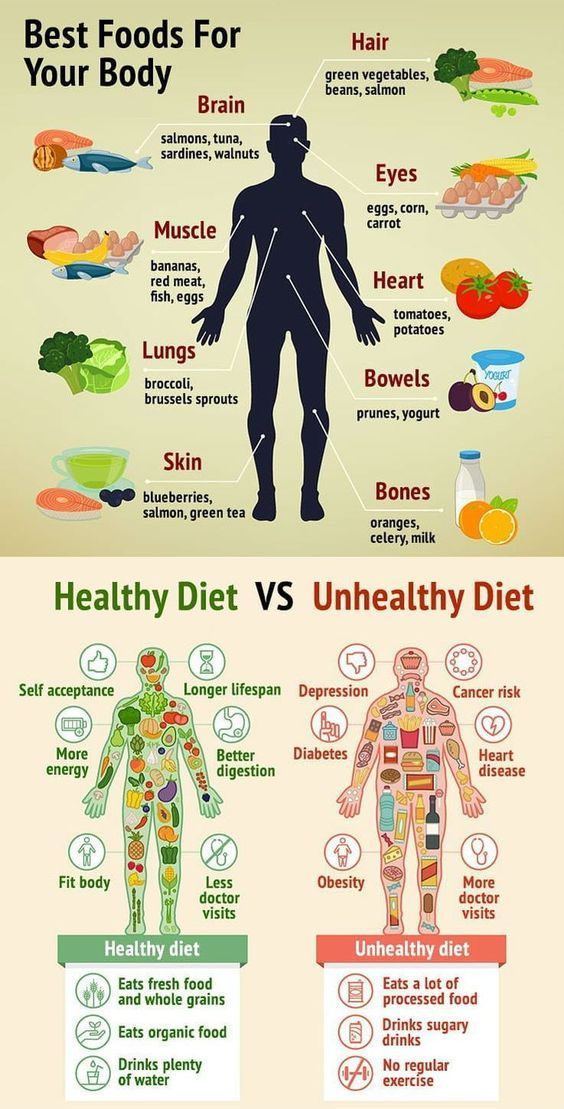By answering RN NCLEX Questions students can assess their understanding of key nursing concepts and identify areas for improvement.
NCLEX Prioritization Questions - NCLEX Questions on Prioritization
Prioritization NCLEX Questions Test Strategies
Before diving inside the practice session, please remember the following strategy for prioritization:
- Read the entire question carefully and identify the key points, including any keywords or phrases that might give clues about what the question is asking.
- Determine the client's priority needs. Consider the client's physiological, safety, psychological, and spiritual needs.
- Identify the correct nursing diagnosis for the client's condition or problem. This will help you narrow down your choices and eliminate any irrelevant options.
- Consider the scope of practice for RNs. Make sure that the answer you choose falls within the RN's scope of practice and does not cross into the realm of advanced practice nursing.
- Determine the level of urgency. Consider the client's condition and whether the situation requires immediate attention or can be addressed at a later time.
- Consider the potential risk for harm. Identify any potential risks or complications associated with each option and choose the one that poses the least risk.
- Consider the client's values and beliefs. Determine if the client has any cultural or religious beliefs that may influence their healthcare decisions.
- Consider the evidence-based practice. Choose the option that is supported by current evidence-based practice guidelines.
- Use critical thinking. Consider all the available information and weigh the pros and cons of each option before making a decision.
- Practice, practice, practice. The more practice questions you do, the more comfortable and confident you will be in prioritizing answers.
Prioritization NCLEX Practice Questions
Question 1.
A patient who is kept in observation after a tonsillectomy operation suddenly starts to vomit blood and feels pain in the chest. What should be the first nursing priority?
(a) Call the health care provider.
(b) Proning of the patient must be done to increase the SPO2 level.
(c) Give immediately bismuth subsalicylate to stop the vomiting.
(d) Monitor Blood Pressure.
Answer:
(c) Give immediately bismuth subsalicylate to stop the vomiting. That may lure you to choose the answer. But in this case, it's not because it is a medical emergency condition.
Explanation:
Vomiting blood is considered a medical emergency. You should always contact a medical professional if you notice blood in the vomit. It can be hard to determine the cause and severity of bleeding without a medical opinion. So, your option should be ’Call the health care provider'. If the condition of the patient is critical and needs medical intervention and there is nothing that a nurse can do to save the life of the patient, calling a health care provider would be the best option.
Question 2.
A patient is showing symptoms of allergic reactions and incompatibility with the blood transfusion. What could be the first nursing intervention?
(a) Change the IV tubing and keep the IV line open to normal saline.
(b) Stop transfusion immediately.
(c) Obtain urine specimen.
(d) Notify the blood bank and health care provider.
Answer:
(b) Stop transfusion immediately.
Explanation:
As soon as a nurse observes a hemolytic reaction, her job is to stop the transfusion immediately and change the IV tubing and keep the IV line open to the normal saline. She then notifies the blood bank and the health care provider about the reaction and monitors and records the vital signs of the patient. If there is any emergency medicine that is given and obtains urine specimen is. All the tubings, labels, blood bags, etc should be returned to the blood bank after documenting everything.
Question 3.
The patient with a diagnosis of esophageal cancer is receiving morphine sulfate subcutaneously for the management of pain. When preparing the plan of care for the client, the nurse includes which priority action?
(a) Monitor any blood in the sputum.
(b) Monitor blood pressure.
(c) Treat with naloxone as an antidote to morphine for treating the side effect.
(d) Ask the patient to cough and take deep breaths.
Respiratory depression is potentially the most serious side effect induced by morphine sulfate. So, what can be done to ensure there is adequate care?
Answer:
(d) Ask the patient to cough and take deep breaths. You should watch out for clearance of the airways and see if the patient is breathing properly. To ensure this, the option (d) says to the patient to cough and take deep breathing should be done should be your answer.
Explanation:
Monitoring BP is the only option (c) in ABC. And the priority action is still to ensure the breathing is correct.
Option (a) is not suitable for the situation of the question.
Option (c) is also wrong although the antidote of morphine sulfate is naloxone, nothing is mentioned that there is any side effect to the patient. In any situation prioritizing based on ABC that is caring and giving priority to airways, breathing, and circulation should be done.

Question 4.
Consider a situation in which the ECG shows the readings of myocardial infraction, the person is unconscious and stops breathing. Which of the priority action must be done first?
(a) clearing out the airways,
(b) giving CPR,
(c) checking vital signs,
(d) calling health care provider immediately etc,
Answer:
giving CPR because this action is of high priority.
Explanation:
After a successful operation on the lung tumor, the client is feeling restless and is complaining that he is feeling a little difficulty in breathing, what could be your nursing intervention?
(a) Tell him that such symptom is normal after the operation and pacify him.
(b) Tell the caretakers about the client's situation and that they are trying their best to ease the situation.
(c) Do not share any details about the patient's condition with the family.
(d) Check ABG and keep the patient on oxygen
The answer to this situation is quite simple. There is a priority here. The client is already feeling difficulty breathing. If there would be any option like calling for the assistance of a health care provider, that could be a better option but here, the option (d) talks about physiological needs.
The (b) and (c) options are incorrect as they talk about safety needs. The option (a) is an incorrect answer, remember the main mantra of prioritization, you should prioritize based on the client's need and the client's situation, not what you think. Also, this point is trying to make the patient feel safe and better. There are better options.
Question 5.
A nurse observes that the patient is suffering from anorexia due to the side effect of drug X and has lost a lot of weight in 2 months. Which of the following options will be best for her to look out for first for caring for the patient?
(a) Discuss with the health care provider to reduce the dose of the drug.
(b) Tell the patient to stop taking the drug unless prescribed by the health care worker again.
(c) Watch out for caring for malnutrition.
(d) Instruct him that side effect is normal and not to worry about any physical appearance.
Answer:
(c) Watch out for caring for malnutrition.
Explanation:
Option (b) is wrong ethically you cannot tell the patient to stop the drug unless prescribed by the physician.
Option (a) is wrong though seems a good and collaborative approach, option (d) seems a better answer. But in the priority, you have to treat malnutrition as the patient has quickly lost a lot of weight.
Question 6.
A nurse is assigned to 4 different clients (hypothetical). Which of these clients needs the least priority based on the situational description?
(a) A patient suspected of MI has stopped breathing.
(b) A lung tuberculosis patient who wants support with her bed elevation.
(c) A patient who is feeling dizzy after falling due to low BP.
(d) A patient is admitted with a history of seizures with secretions coming out of the mouth.
Answer:
(b) A lung tuberculosis patient who wants support with her bed elevation. It's quite clear that she is not in any life-threatening situation and also this condition is not directly linked to the disease she is in.
Explanation:
Other all options are either of high or intermediate priority. Ok. let me change the question.
Can you prioritize the nursing actions?
Ok, So from the least prioritization, we already know that option (b) is of low priority.
So, what could be option (a)? We have to follow CABC which is a slight modification of ABC. C before ABC stands for CPR and this is done to patients who have stopped breathing if it continues for some minutes, the patient may die so the (a) based on priority should be option (a). The patient has stopped breathing so needs immediate CPR.
So, which option is the next?
Remember CABC. The option (b) is Clearing the Airways. The question mentions that there is mucus secretion with seizure. Such patients may also have their tongue rolled up blocking the airway. We have to pull the tongue out or clear out the secretions. This could be of second-priority case.
Next is option (c). The patient is feeling dizzy and has a low BP. This is a circulatory issue. So, given an option to choose the patient case in an emergency between these 4 patients, the order mentioned should be followed.
Question 7.
An emergency department nurse has to prioritize among different clients rushing into an emergency department due to a bus accident. Which of the following cases should you prioritize first if there is a serious lack of nurses in the facility?
(a) Client with amputated left leg.
(b) Client with an open fracture of right ulnar bone.
(c) Client with laceration of the palm.
(d) Client with close fracture of the tibia.
Answer:
The question is about priority so there must be only one answer. According to the emergency department triage, patients who have life-threatening situations and need immediate attention are placed in Emergent Priority or Highest Priority care. So the correct answer for this question is Option (a) or client with an amputated leg.
Explanation:
If he or she is not treated, the patient may go under heavy blood loss and shock. Similarly, patients with open fracture come under second priority or Urgent Priority and Patient with laceration of the palm and close fracture falls in 3rd or non-urgent priority.
Also Read:
